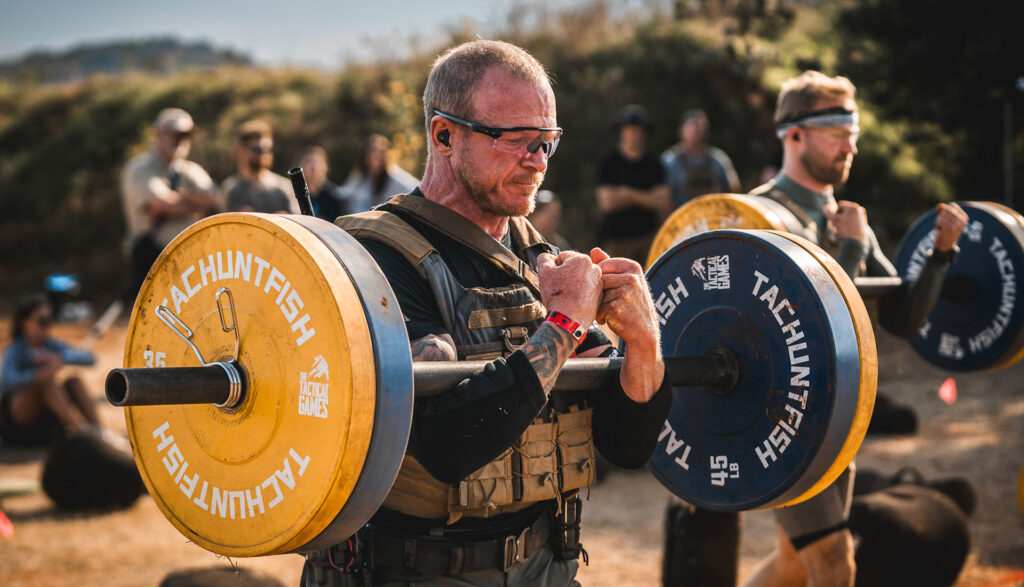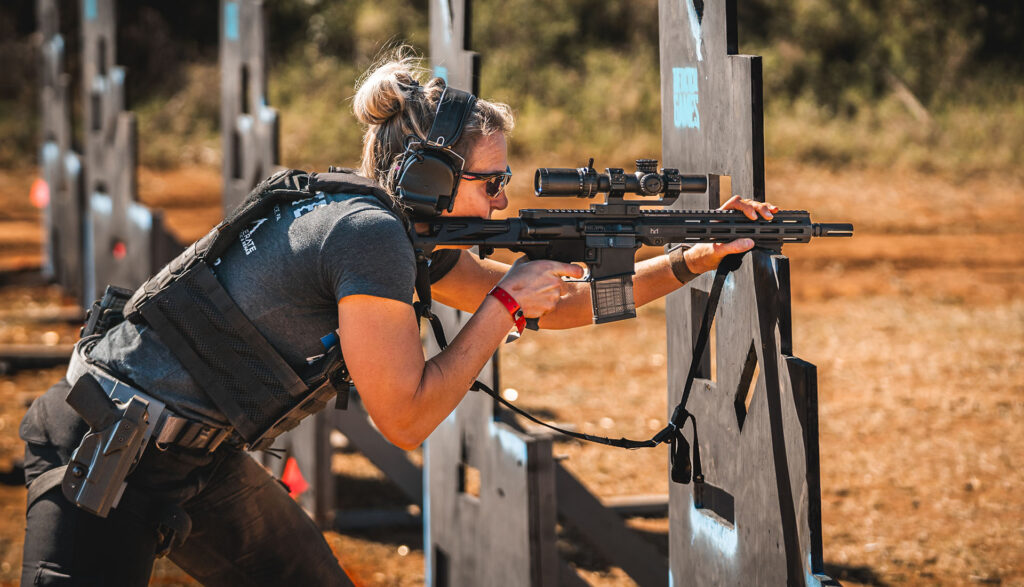The Tactical Games is a thrilling and physically demanding competition that combines marksmanship with physical challenges. It offers participants a unique, challenging experience that tests their shooting skills, physical fitness, and mental resilience. This article provides an in-depth overview, including its origins, format, and key components.

The Tactical Games was founded by Tim Burke in 2018. Derived from a highly secretive event hosted and run by NATO Tier 1 units, The Tactical Games was initially designed to test tactical athletes throughout the continuum of combat-related tasks, while under time constraints, and physical duress. Tim sought to create a competition that would mimic real-world scenarios faced by military and law enforcement personnel while also emphasizing the importance of physical fitness.
Since its inception, The Tactical Games has gained popularity and recognition within the shooting sports community. Tim’s vision was later handed off to business-minded competition shooter Jared Halbert, who then fine-tuned every facet of the competition to be able to sustain continued growth and equitable scoring mechanics. In 2023, The Tactical Games has again changed ownership to Nick Thayer, Jared’s previously designated VP who has taken the business and competition strategy to new heights.

The Tactical Games is typically conducted over two days, with up to 200 participants competing in six to eight stages or events. Each stage presents a unique challenge that either combines shooting skills and physical prowess or tests certain modalities independently. These challenges are designed to simulate stress factors from real-world scenarios, such as tactical movements and decision-making under pressure.
The Tactical Games challenge competitors in various aspects including marksmanship, physical obstacles, loadout management, fitness, endurance, and time pressure:
The Tactical Games offers various divisions and categories to accommodate a wide range of participants. These divisions include:

Competitors must come prepared with specific equipment and gear, which may include:
We sat down with Austin Aylward for a complete run-down of his 2023 Season gear in this interview, it’s a great reference for the minimalistic approach you’ll find common across the Elite field.
Their ruleset is typically updated at the beginning of each calendar year. While this guide covers most of it, it’s a good idea to review the current revision to ensure you don’t run into any surprises when you go to compete.
The Tactical Games is a demanding and exhilarating competition that attracts participants from various backgrounds, including military, law enforcement, and civilian enthusiasts. It challenges both shooting skills and physical fitness while promoting a spirit of camaraderie among competitors. If you’re looking for a unique and challenging experience that combines marksmanship and athleticism, The Tactical Games might be the perfect event for you. Be sure to check their official website for upcoming events and registration details.
